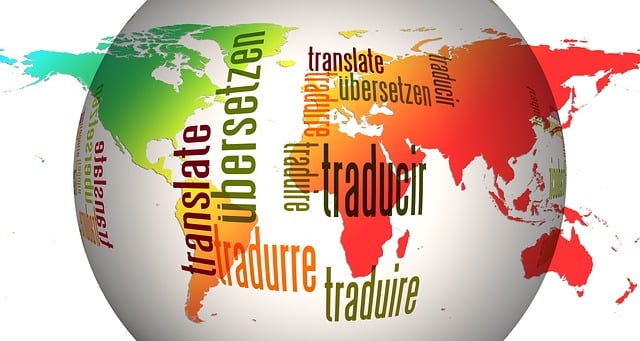
Online content translation requires accuracy, cultural understanding, and tool selection for diverse audiences. Beginners should choose appropriate tools based on project needs and target languages, with free options for simple texts and advanced AI for complex tasks. Specialized fields demand tailored tools, and multiple language user guides aid learning. Precision, context, and audience knowledge are vital, while specialized terminology and consistent tone ensure effective communication across various content types, from manuals to forums. Efficient workflows and collaboration tools expedite translation without compromising quality.
New to online content translation? This comprehensive guide is your starting point. Learn how to navigate the translation process, from understanding basic concepts to selecting efficient tools. Discover tips and tricks for accurate translations, ensuring your digital content resonates with global audiences. We’ll cover everything from choosing the right software to handling cultural nuances, empowering you to confidently dive into the world of online translation.
- Understanding the Translate Process
- Choosing the Right Translation Tools
- Tips for Accurate Online Content Translation
Understanding the Translate Process

The process of translating online content involves several key steps that any beginner should understand before embarking on their translation journey. It starts with accurate source material, ensuring clear and concise writing free from ambiguity. Next, a skilled translator immerses themselves in the text, carefully considering not only the meaning but also the cultural nuances and context to preserve the original intent. This step is crucial for effective communication, especially when dealing with sensitive subjects like medical terminology translation, where precise language is vital.
For those targeting global audiences through marketing efforts, understanding user guides across languages and cultural adaptation in marketing is essential. Translators must adapt not just words but also concepts to resonate with different cultures. This art requires a deep knowledge of both the source and target languages and an ear for idiomatic expressions. Once the translation is complete, it undergoes rigorous proofreading to catch any errors or inconsistencies. Finally, review by a native speaker ensures fluency and naturalness in the target language, giving us a call at Human Translator Skills translating literature will help you navigate these intricacies seamlessly.
Choosing the Right Translation Tools

Choosing the right translation tools is an essential step for any beginner translator. Start by understanding your project’s requirements and target audience, as this will guide your selection of software or services. Simple text translations can often be handled by free online tools, which provide a quick and easy solution for basic translate needs. However, complex tasks may demand more sophisticated options.
Advanced translation techniques, such as machine learning and AI-powered tools, offer accurate results and are rapidly evolving. These technologies can handle large volumes of text, multiple languages, and even contextual nuances. For specialized fields like diplomacy or marketing, consider tools that incorporate interpreters’ role in diplomacy insights or provide cultural adaptation in marketing features. Don’t forget to check user guides across languages for a smooth learning curve. Ensure the platform offers robust grammatical accuracy checks to maintain consistency and quality throughout your translate process. Visit us at any time for more resources to enhance your skills.
Tips for Accurate Online Content Translation

When translating online content, accuracy is paramount to convey the intended message effectively. Here are some tips to ensure precision:
First, understand the context and target audience. Online content can vary widely, from technical manuals to community forums. For instance, translating software localization or a user manual requires specialized terminology knowledge, especially in fields like science or technology. In immigration settings, interpretation plays a crucial role, ensuring that sensitive information is conveyed accurately.
Efficient project workflow is key. For large-scale community translation projects, consider using online platforms that facilitate collaboration among translators. These tools enable real-time editing, feedback, and quality control checks, resulting in faster turnaround times without compromising accuracy. Moreover, maintaining a consistent tone and style throughout the translate process ensures coherence, whether translating marketing content or legal documents. Visit us at field research for accurate translation anytime to explore these strategies further.
Translating online content can be a seamless process with the right tools and knowledge. By understanding the translation process, selecting suitable tools like machine translation services or human translators, and employing tips for accuracy, beginners can effectively communicate their message to global audiences. Remember, choosing the right approach depends on factors like deadline, budget, and target language nuances. With these guidelines, you’re well-equipped to dive into the world of online content translation.






